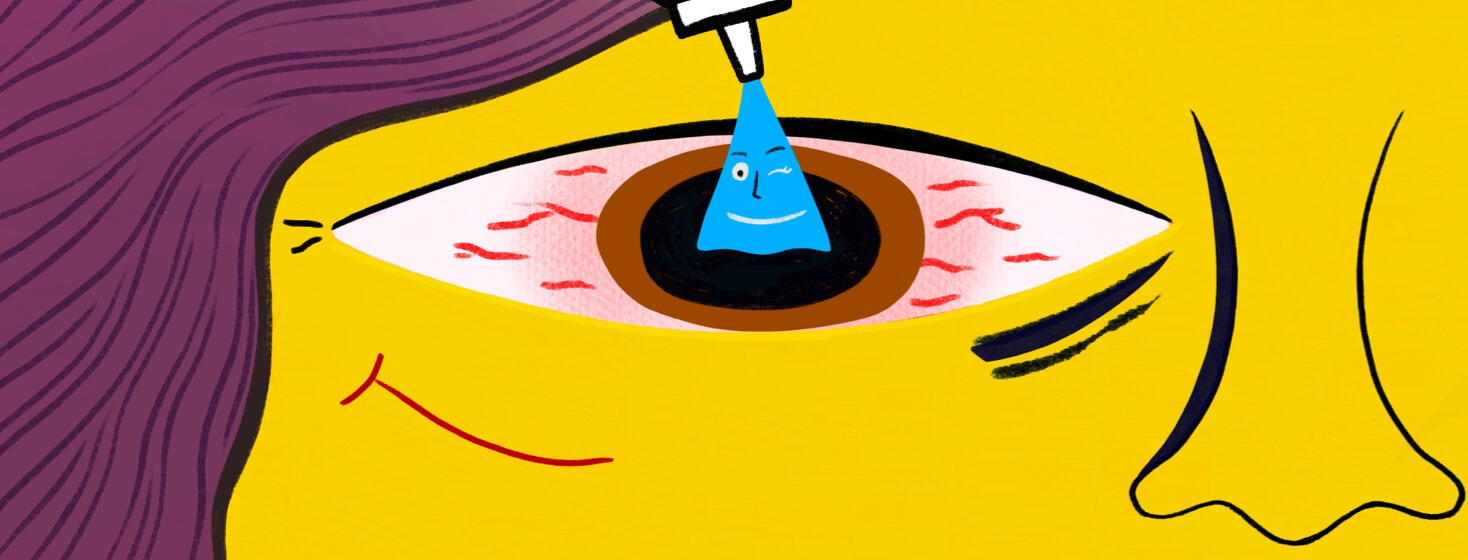Managing Eye Injection Pain: Community-Shared Tips & Strategies
We recently asked community members about their post-injection coping methods. This question generated over 200 comments.
Comments about the pain following injections varied from “every injection is extremely painful” to “never feel a thing, continue normal activities at home.”
Perceptions of post-injection pain
From the responses, it is clear that the perception of pain varies widely among people getting injections. Then, I found a study that confirmed people do feel pain differently.
Robert C. Coghill, Ph.D., was the lead investigator in a study using brain imaging to confirm the phenomenon. “Coghill believes that most individual differences in pain sensitivity are probably due to a combination of cognitive factors, such as past experience with pain, emotional state at the time pain is experienced, and expectations about pain.”1
Coping methods
Our community has spoken! Here are their methods for managing post-injection pain:
Rest
For several people, taking a long nap or going to bed was the preferred method. One said they were wiped out after the injection. Another responded, “Rest is crucial”.
Take pain relievers
Taking an over-the-counter (OTC) pain reliever a few minutes before the injection was favored by several people. Other people responded that they waited to take something for pain after they got home. That might be a good idea.
My sister, who experiences extreme pain with the injection, always takes a prescription painkiller 30 minutes before her injection. At one visit, she was surprised to learn she didn’t need an injection. In that case, it would have been better to wait until after the appointment to see if it was needed.
Warm or cold compresses
Using warm compresses after injections provided relief for several people. Others favored a cold compress. I guess the bottom line is to use whatever is soothing to you.
Rinse and rinse again
Betadine is a source of discomfort for many people. Several people mentioned asking for a second or a more thorough rinse of the Betadine.
In some cases, the retinal specialist was willing to use a different method of prepping the eye for an injection. My sister is very sensitive to Betadine. Her retinal specialist feels that nothing compares to the prevention of infection like Betadine. They now do a more thorough rinse and she is having fewer problems.
Use drops
Some doctors recommend the use of drops while others do not. Some people use drops only on the day of the injection. Other doctors advise them to use drops every hour the first day and 4 times a day for the following 4 days. Some use OTC eye drops and others use prescribed antibiotic drops. Some favored gel drops and eye ointment.
Patch the eye
Several of the community found wearing an eyepatch and keeping the eyes closed for a few hours to be helpful for injection pain relief
Go out to eat
Going out for a special meal following the eye injection was seen as a reward by some people. I don’t get injections for my dry macular degeneration, but after the stress of my checkup, I like to stop for ice cream.
Conclusion
I concluded from the responses that each person has to find a strategy that works best for them. Just as each individual perceives pain differently, what soothes an individual varies widely.
If you have found a different way to manage injection pain relief, please leave a comment below!

Join the conversation